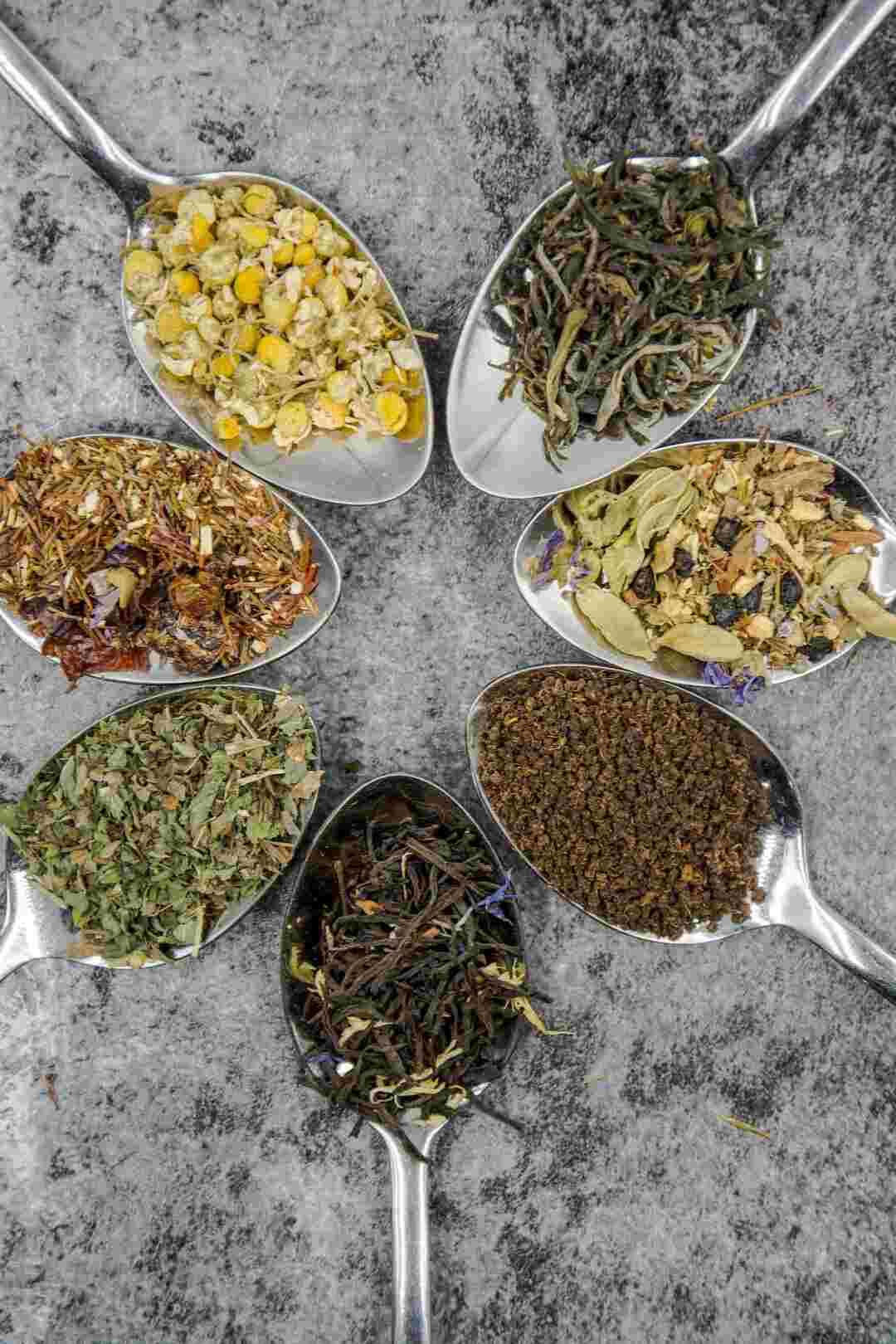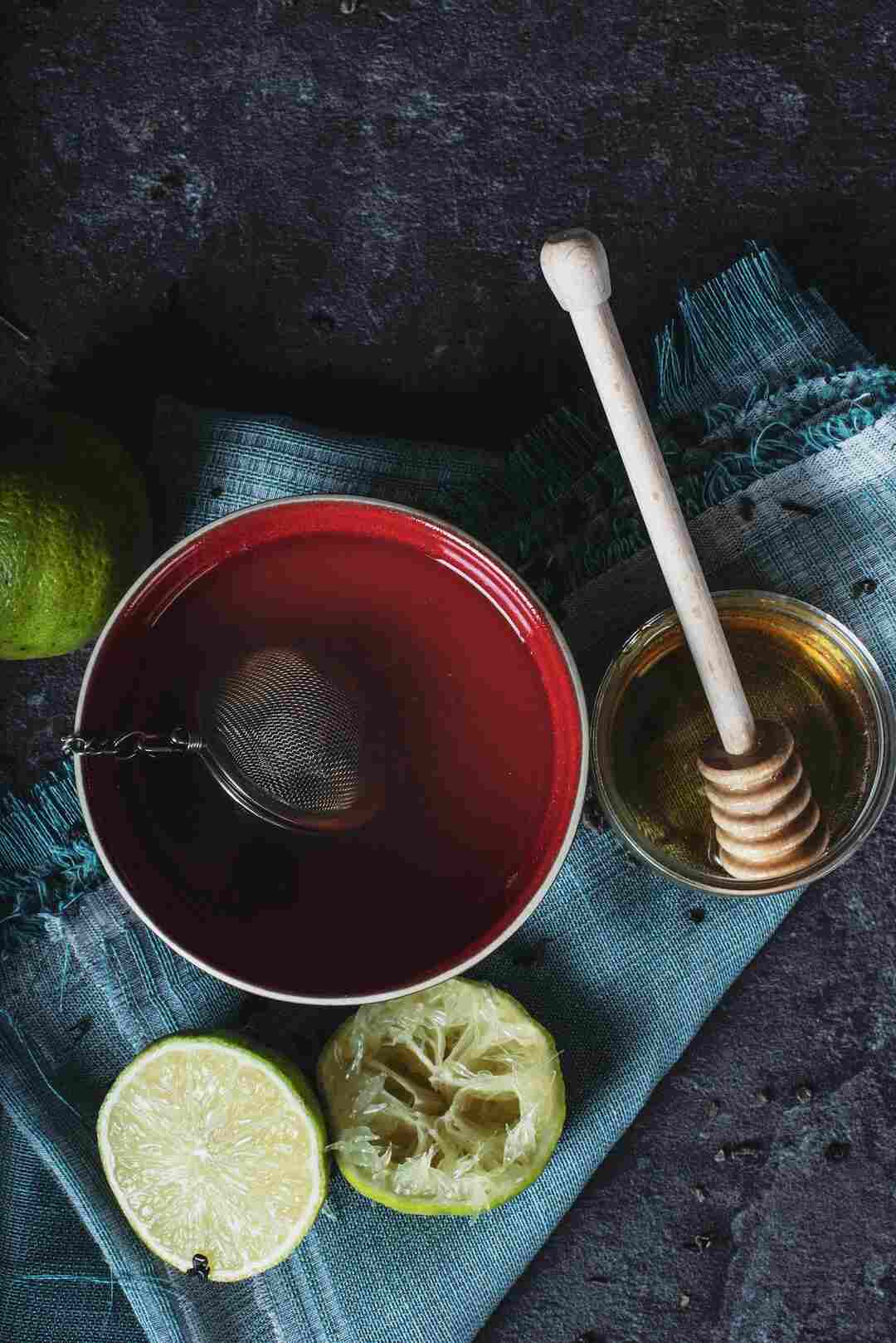The Resilience and Hardiness of Camellia Sinensis: A Reliable Source of Tea Leaves
Tea lovers around the world enjoy the comforting warmth and delicious flavors of their favorite teas. But have you ever wondered where those tea leaves come from? The answer lies in the resilience and hardiness of the Camellia sinensis plant, known for producing tea leaves. Let’s dive into the fascinating world of this evergreen shrub and its remarkable adaptability to various growing environments.
Native to Asia
The Camellia sinensis plant species is native to Asia, particularly in China, India, and Southeast Asia. It thrives in subtropical to tropical climates and can be grown in both high and low elevations. The plant can grow up to 30 feet tall in the wild, but it is typically pruned to a manageable size for tea cultivation.
Resilience and Hardiness
Camellia sinensis is known for its resilience and hardiness. It can withstand a wide range of temperature and humidity conditions, making it adaptable to various growing environments. However, it still has specific requirements to ensure its optimal growth and tea production.
Temperature and Moisture Requirements
The plant can tolerate temperatures as low as 14F (-10C), but it prefers temperatures between 65-85F (18-29C). It also requires a consistent amount of moisture, with an average annual rainfall of at least 50 inches (127 cm). If grown in drier conditions, the plant should be irrigated regularly.
Pest and Disease Resistance
Camellia sinensis is also resistant to pests and diseases, but it can still be affected by certain insects like tea mosquitoes and tea tortrix. Proper pest management and hygiene practices are necessary to prevent infestations and ensure the plant’s health.
Popular Crop for Tea Production
Overall, the hardiness of Camellia sinensis makes it a popular crop for tea production in various regions worldwide. Its ability to adapt to different growing conditions and resist pests and diseases make it a reliable source of tea leaves for tea makers and enthusiasts.
Conclusion
Next time you take a sip of your favorite tea, remember the remarkable resilience and hardiness of the Camellia sinensis plant that produced those tea leaves. Its adaptability to different growing conditions and resistance to pests and diseases make it a reliable source of tea leaves for generations to come.
The Perfect Climate for Growing Camellia Sinensis: Temperature, Humidity, and Rainfall Requirements
Camellia sinensis, also known as the tea plant, is a popular shrub that is native to regions with a subtropical or tropical climate, such as China, India, and Southeast Asia. However, did you know that this versatile plant can also thrive in temperate climates with mild winters, such as in parts of Europe and the United States? In this blog post, we will discuss the ideal climate conditions for growing camellia sinensis, including temperature, humidity, and rainfall requirements.
Temperature Requirements
The camellia sinensis plant can tolerate temperatures as low as -10C (14F), but may suffer damage or die if exposed to prolonged freezing temperatures or sudden drops in temperature. Therefore, in areas with cold winters, it is recommended to plant camellia sinensis in a protected location or in containers that can be moved indoors during the winter.
Additionally, camellia sinensis requires a specific range of temperatures for optimal growth and production of tea leaves. The ideal temperature range is between 20-30C (68-86F) during the growing season, with a minimum of 13C (55F) and a maximum of 35C (95F). High temperatures above 35C (95F) can cause stress on the plant and affect the quality of the tea leaves.
Humidity Requirements
Humidity is also an important factor in camellia sinensis cultivation, as the plant requires high levels of moisture in the air to thrive. Ideal humidity levels range from 60-90%. In areas with low humidity, it is recommended to use misting systems or humidifiers to maintain proper moisture levels.
Rainfall and Irrigation Requirements
Camellia sinensis requires regular rainfall or irrigation, with an average of 1000-2000mm (39-79 inches) per year. However, the plant is susceptible to waterlogging and requires well-draining soil to prevent root rot.

Conclusion
Overall, camellia sinensis is a versatile plant that can thrive in a variety of climates. However, to ensure optimal growth and production of tea leaves, it is important to provide the plant with the right temperature, humidity, and rainfall conditions. By following these guidelines, you can enjoy a successful and bountiful harvest of your very own tea leaves!
The Versatile Camellia Sinensis: A Guide to Growing Your Own Tea Plant
Do you love tea? Have you ever considered growing your own tea plant? Look no further than Camellia sinensis, the plant from which all true teas are made.
Where Camellia Sinensis Grows Best
Native to China, Camellia sinensis can grow in a variety of climates, ranging from subtropical to temperate. However, it is hardy only in USDA zones 7-9, meaning it can withstand temperatures as low as 0 to 20F (-18 to -7C).
Growing in Colder Climates
In colder climates, Camellia sinensis can still be cultivated, but it requires protection from frost and freezing temperatures. Growing the plant in a greenhouse or indoors is recommended.
Growing in Temperate Climates
For those in temperate climates, Camellia sinensis can be planted outdoors in a sheltered location with well-draining soil and protection from strong winds.
Growing in Hotter Climates
In hotter climates, Camellia sinensis can be grown in partial shade to protect it from intense sun and heat. Regular watering is necessary to prevent drought stress.
Growing in Tropical Climates
In tropical climates, Camellia sinensis can be grown in full sun or partial shade, but may require additional watering and fertilizer to thrive.
Growing in Containers
For those who want even more flexibility in terms of climate and location, Camellia sinensis can be grown in containers. Just make sure the container is large enough to accommodate the plant’s root system and provides good drainage.
Conclusion
Camellia sinensis is a versatile plant that can be grown in a variety of climates and locations. With a little care and attention, you can grow your own tea plant and enjoy the satisfaction of brewing a cup of tea from leaves you’ve grown yourself.
Discover the World of Camellia Sinensis: Tips for Growing and Harvesting Your Own Tea
If you enjoy a warm cup of tea, have you ever considered growing and harvesting your own tea leaves? Camellia sinensis, the plant that produces tea, is a hardy and versatile shrub that can be grown in many regions around the world. In this blog post, we will explore some of the key factors to consider when growing and harvesting camellia sinensis, including soil conditions, pruning techniques, and pest control.
Getting Started with Camellia Sinensis
Camellia sinensis is native to China, but it is now grown in many other regions, including India, Sri Lanka, and Kenya. The plant is an evergreen shrub that can grow up to 30 feet tall if left unpruned, but it is usually maintained at a height of 3-5 feet for ease of harvesting. Camellia sinensis is hardy to USDA zones 7-9, which means it can tolerate winter temperatures as low as 0F (-18C) without suffering damage. In colder regions, it can be grown in containers and brought indoors during the winter months.
Ideal Soil Conditions for Camellia Sinensis
Camellia sinensis prefers well-drained soil with a pH between 5.5 and 6.5. It should be planted in a location that receives partial shade to protect it from direct sun during the hottest part of the day. To promote hardiness and yield, camellia sinensis should be fertilized regularly with a balanced fertilizer that is high in nitrogen during the growing season (spring and summer) and low in nitrogen during the dormant season (fall and winter).
Pruning Techniques for Camellia Sinensis
Pruning is essential for maintaining the health and productivity of camellia sinensis. It should be pruned in the early spring before new growth begins to remove any dead or damaged wood and shape the plant for optimal harvesting. Pruning also helps to increase the yield of tea leaves by promoting the growth of new shoots on the plant.
Pest Control for Camellia Sinensis
Camellia sinensis can also be affected by pests and diseases, such as spider mites, scale insects, and root rot. Regular monitoring and treatment with organic or chemical pesticides may be necessary to prevent and manage these issues. It is important to choose a pest control method that is safe for the environment and does not harm beneficial insects that assist with pollination and pest control.
Harvesting and Processing Tea Leaves
When camellia sinensis reaches maturity, it can be harvested for tea leaves. The timing of the harvest depends on the type of tea that is being produced. For example, green tea is made from young, tender leaves that are picked early in the growing season, while black tea is made from mature leaves that are harvested later in the season.
Once the leaves are harvested, they can be processed into tea using a variety of methods, including steaming, baking, and fermenting. The exact process depends on the type of tea being produced and the desired flavor profile.
Conclusion
Growing and harvesting your own tea leaves can be a rewarding experience that allows you to enjoy the flavors and aromas of fresh, homemade tea. By following these tips for growing and maintaining camellia sinensis, you can produce high-quality tea leaves that are rich in flavor and nutrients. So why not try growing your own tea today? You may be surprised by the delicious results!


Leave a Reply